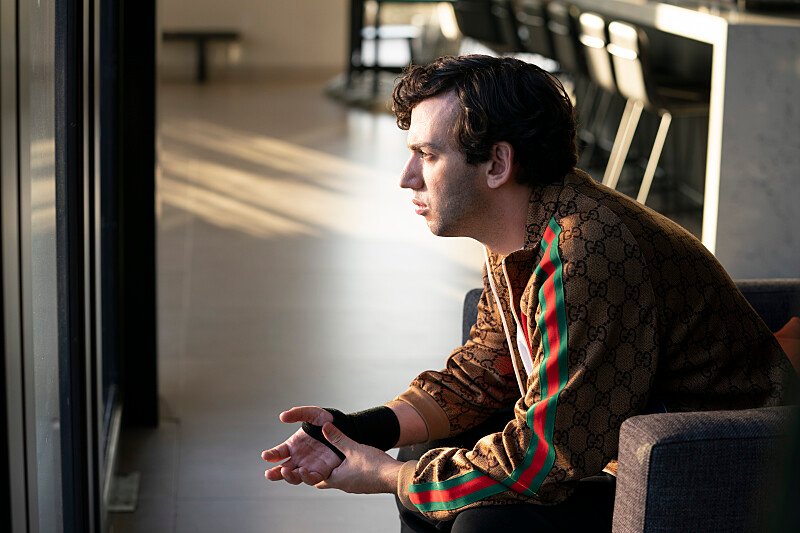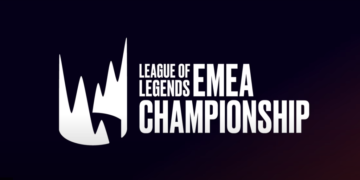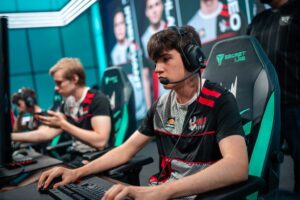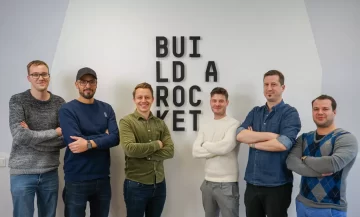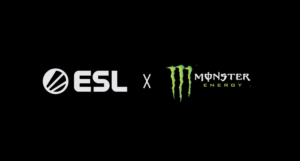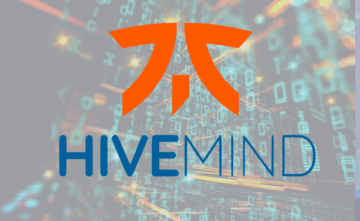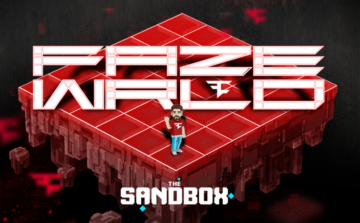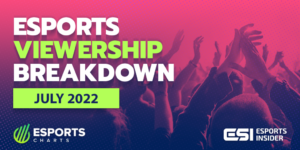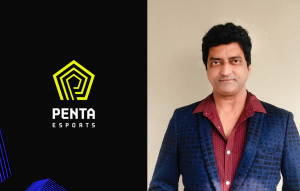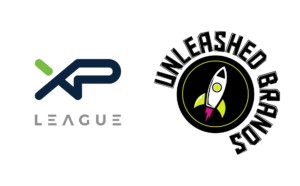I’ll admit it, I was nervous when Paramount+ announced that it would be making Players, a mockumentary centred on Riot’s League of Legends Championship Series (LCS). Could Hollywood translate the culture and ethos of esports to a broader audience, and keep it entertaining?
In June of 2022, my fears melted away.
Directors Tony Yacenda and Dan Perault’s goal for the series was to be so authentic to esports that viewers are kept guessing whether it’s fact or fiction. By design, the line between mockumentary and documentary isn’t immediatley clear to an audience unfamiliar with League of Legends esports.
Riot played a major role in ensuring that the details were captured correctly, and perhaps more consequentially, lent credibility to the production by helping to close the brand licensing deals needed to make the world of Players feel authentic.
Through nine episodes, over 150 brands and logos make appearances on the show. In all likelihood, Riot, the teams, and brands involved in Players participated in the most valuable brand exposure deal in esports history, and yet no one is talking about it.
Brands as tools for immersion
It all began with Panera Bread. Yacenda and Perrault had their first experience with brand licensing on their previous hit Netflix show, American Vandal. The two wanted to feature security footage from the restaurant’s bathroom to prove that the main suspect of their true crime parody was defecating at the time of the crime (spray painting phallic symbols on teachers’ cars).
When Panera Bread and several other restaurants turned them down, they learned just how difficult it was to get companies to sign off on having their brands featured in off-colour situations.
The two eventually pivoted away from a brand deal on American Vandal, but both Yacenda and Perrault knew that they would have to find a way to make licensing agreements work for Players.
According to Stacy Jones, Founder and CEO of product placement agency Hollywood Branded, “the goal of a director is to make their show feel like an extension of the real world. It’s disruptive if you see a can of beer in a show that’s just labelled ‘beer.’ It just takes you out of the story.”
As a result, brands were essential to making Players immersive. The production used logo placements on team jerseys, desks littered with drinks and wrappers and shout-outs within the narrative to make the world of Players mirror its real-world counterpart.
Yaceda’s and Perrault’s shared philosophy on brand integrations was to write the joke first, and get approval from the brand second.
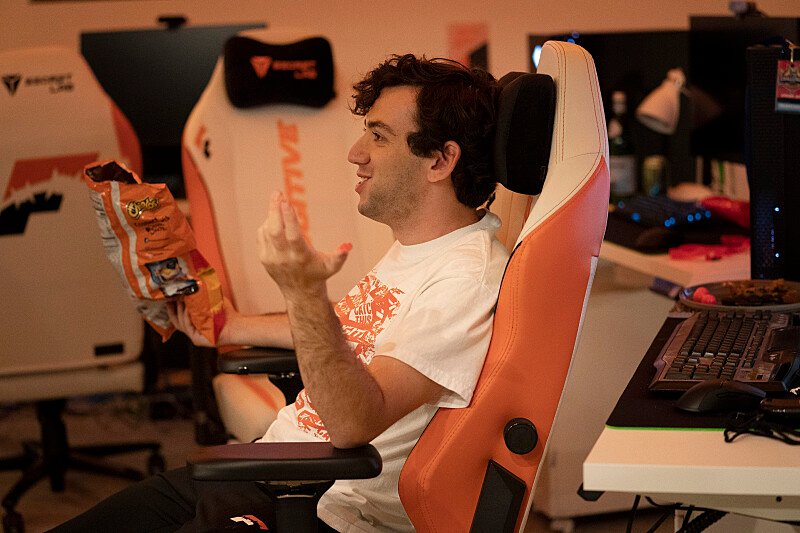
Riot played an integral role in getting these brands on board. The developer already had a track record of licensing deals thanks to HBO’s series Ballers, explained Chris Greeley, Riot’s Head of Esports for North America and Oceania.
Greeley reached out to teams individually to pitch featuring them on Players. Without being able to share a script, the fear of participating in a mockumentary made some teams and brands hesitant. “A lot of my job was just getting people comfortable with the idea,” Greeley said. “I reassured them that Riot would protect their brands, that we would not take shots at them or do anything with brands that they wouldn’t do themselves.”
Most of the teams were on board immediately, but some wanted additional information. “In the end, it wasn’t a lot of arm twisting,” added Greely. “We told teams they were free to not participate, but we may replace you with another brand.” Eventually all 10 franchised LCS teams agreed.
Teams were not paid directly for this, but Riot did allow them to send in whatever jersey they wanted, meaning they could upsell existing brand partners. While the vast majority of teams wore their standard LCS jerseys, TSM took advantage of the lack of restrictions. The organisation sent in the TSM FTX version of its jersey — cryptocurrency exchange FTX has naming rights to the organisation, but the FTX sponsorship is scrubbed from most Riot broadcasts due to international crypto regulations.
Similarly, Riot also acted as a liaison between league sponsors and the production’s licensing department. All established League of Legends brand partners were offered the opportunity to participate. Many of these existing brand partners are featured prominently in the show. For example, MasterCard, Mercedes Benz, and Secretlab are presented as jersey sponsors of the fictional team at the centre of the show, Fugitive Gaming.
However, direct payments for product placement are actually relatively rare. “Over 60% of productions, particularly TV and streaming series, don’t do fee based deals,” Jones confirmed.
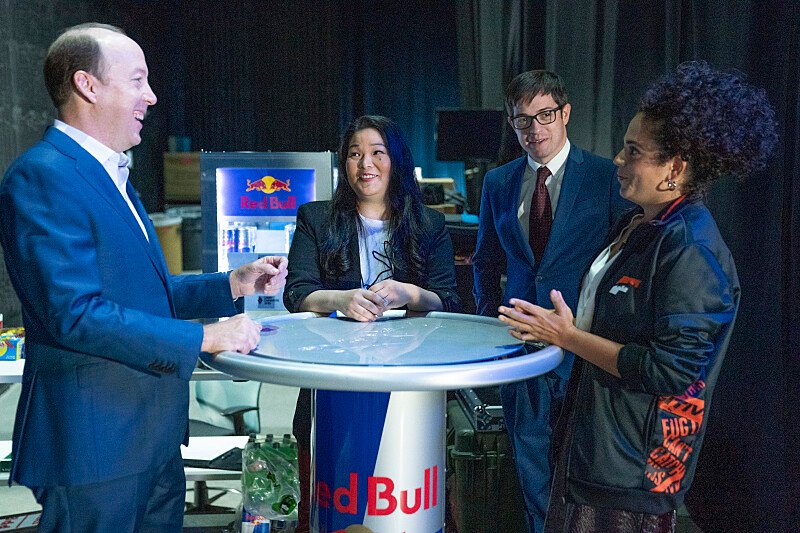
Rather than fight an uphill battle in getting brands to pay for this product placement or risk losing immersion by using fake brands, Yacenda and Perrault decided to forego any potential payouts. Instead, all of the product placement in Players was done on a sign-off basis, not for cash.
“We must sound like the worst business men,” Perrault joked.
Product placement is extremely lucrative, and could be especially so in esports. After all, the majority of esports industry revenue is a direct result of brands wanting to reach this very audience. Jones was clear that many of the ways brands are showcased in Players could be monetizable in the future.
“Deals like these can represent anywhere from $75,000 up to $500,000 (~£62,000 to ~£414,500) in direct fees, but this media will be consumed over and over again for years to come as it gets syndicated and licensed to other networks or streaming services. This fictional world is acting as an advertising billboard for literally the next decade. That kind of exposure is valued in the millions by brands.”
Season two has not yet been greenlit, so there is potential for both pro teams and the show to renegotiate these deals. It all depends on how big the audience is. Luckily for Players, the audience is much broader than just League of Legends players.
Building an audience
Esports fans are not shy about voicing their opinions. The show would have to get the details right to appeal to the League of Legends audience. The creators knew this and relied on experts from the community.
Riot was involved at every stage of the production process. The North American esports team, writers from Riot, casters, and community figures all played key roles in advising the production team and making the series as authentic as it is.
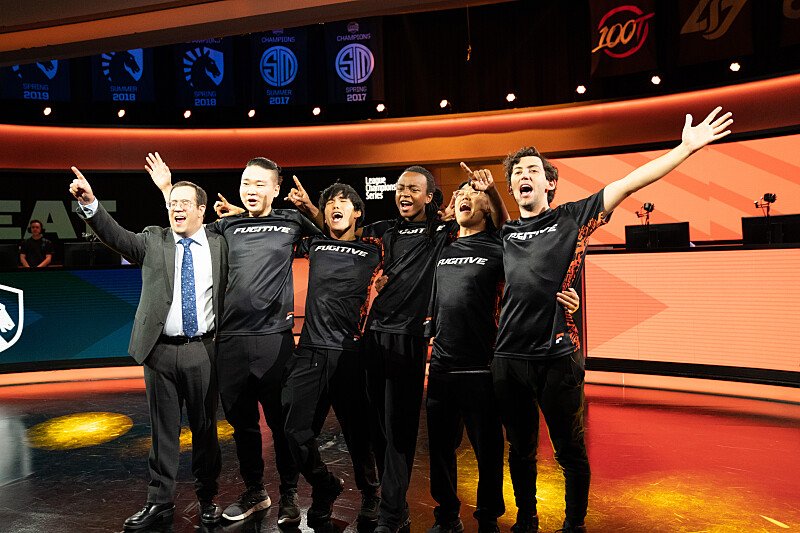
Kien Lam, a producer and writer for Players and Riot Games, helped ensure that the series accurately represented the industry. “On set, my main job was to make sure everything that looked and sounded authentic — even basic things like teaching the actors how to hold their mouse or to say ‘on the Rift’ instead of ‘in the Rift,’” Lam explained. Even after production wrapped, Lam helped to capture gameplay scenes and spot continuity errors.
Perrault also highlighted how valuable it was to feature seasoned commentators from the LCS throughout the show. “You maybe have a month of lead time before shooting and you can’t cram years of game knowledge in that time. Commentators can speak with a level of fluency and authenticity you can’t script as an outsider. They also helped us make the world feel lived-in because we could show a conversation between multiple experts.”
While Players succeeded in capturing the aesthetics of esports accurately thanks to Riot’s involvement, it would still have to make the culture and ethos of esports palatable for a broader audience to truly succeed. At its core, it worked. Players is a series designed for a mass market audience; understanding League of Legends is not required to enjoy the series.
“Our goal wasn’t to boost LCS viewership, but to get an outside audience to take esports seriously,” Yacenda explained. “Dan [Perrault] and I wanted to make something that current fans could show their incredulous parents.”
To achieve this balance, Yacenda and Perrault chose to focus on the clash of personalities on Fugitive Gaming and the business decisions behind the team, eschewing technical gameplay and jargon that could pose a barrier. “If we focused too much on numbers or details, we risked sending the signal that you need to know League of Legends to enjoy Players,” Perrault clarified.
One strategy the creators leaned into was focusing on the conflict between management and pro players. “Business was an accessible angle for a broader audience,” Yacenda noted. In particular, the team used analogies to the NBA to highlight the parallels between esports and traditional sports and really sell the sports documentary parody angle.

Pressure to perform
Until now, scripted esports series have not managed to break through to a general audience. While there have been attempts — such as YouTube’s Good Game and Tencent’s The King’s Avatar (both in live action and animated) — none have achieved major critical or commercial success.
According to Parrot Analytics, a firm that specialises in measuring audience demand for television and movies, Players has performed well above average both in the US and worldwide since premiering, despite only being legally available in a few select markets as the platform rolls out internationally.
“Players has been 4.4x more in-demand than the average show with US audiences in the time since its first episodes were released, with a peak demand of 7.8x,” according to Wade Payson-Denney, PR & Communications Manager at Parrot Analytics. “Players was in the top 11% of shows across all platforms with US audiences during that time. It has found a solid niche audience, but has not broken out into the mainstream,” Payson-Denney claimed.
Players was one of the top 20 most in-demand originals on Paramount+ during this time. For comparison, Halo — Paramount+’s series based on the video game franchise, which is targeting a similar audience — was 15.5x more in-demand than the average show.
Most Valuable Player
Players is a major value-add for the esports industry. Besides the media exposure and viewership that the series brought in, over time Players could serve as an on-ramp for esports by making the subculture more accessible to a broader audience.
While esports events continue to break viewership records, shows like Players can reach an entirely different audience: casuals. Unlike traditional sports, esports is often indecipherable to viewers without some advanced knowledge of the game being played. The story of Fugitive Gaming and its characters shows why fans love esports without getting bogged down in the details.
Players represents a major opportunity for brands to build up credibility with the esports and wider gaming audience, too. Many of the non-endemic brands that are featured in Players — such as Gucci, Pepsi, and Toyota — can reinforce their existing gaming strategy through the show. For others, Jones suggested that Players was a safe testing ground for brands to experiment with esports and gaming that could then build naturally into further activations.
The esports teams and sponsors who are featured throughout the show benefit from the exposure. Most team sponsors signed deals with the expectation of reaching esports fans. Players helped these brands reach viewers on Paramount+ — exposure worth millions of dollars — without paying a dime more.
Should the show be renewed for a second season, Players could serve as a template for a new source of revenue in esports, setting it up as one of the most valuable brand exposure deals in industry history.
- amazon prime gaming
- axie infinity
- brand deals esports
- brand exposure
- Casino Games
- coingenius
- commercial
- EA Sports
- Editors Picks
- Esports Insider
- esports partnerships
- Evil Geniuses
- Features
- Games
- Gaming
- gaming headset
- gaming pc
- Hollywood Branded
- insights
- Interviews
- Latest News
- league of legends
- LEC
- madden nfl
- Markets
- Media Rights
- Nintendo
- north america
- Online casino games
- Paramount
- Parrot Analytics
- Partnerships & Sponsorships
- pc games
- plato
- plato ai
- plato data intelligence
- plato game
- plato gaming
- platodata
- platogaming
- players
- Players paramount
- players paramount cost
- playstation
- prime gaming
- Riot Games
- Team SoloMid
- xbox
- zephyrnet
